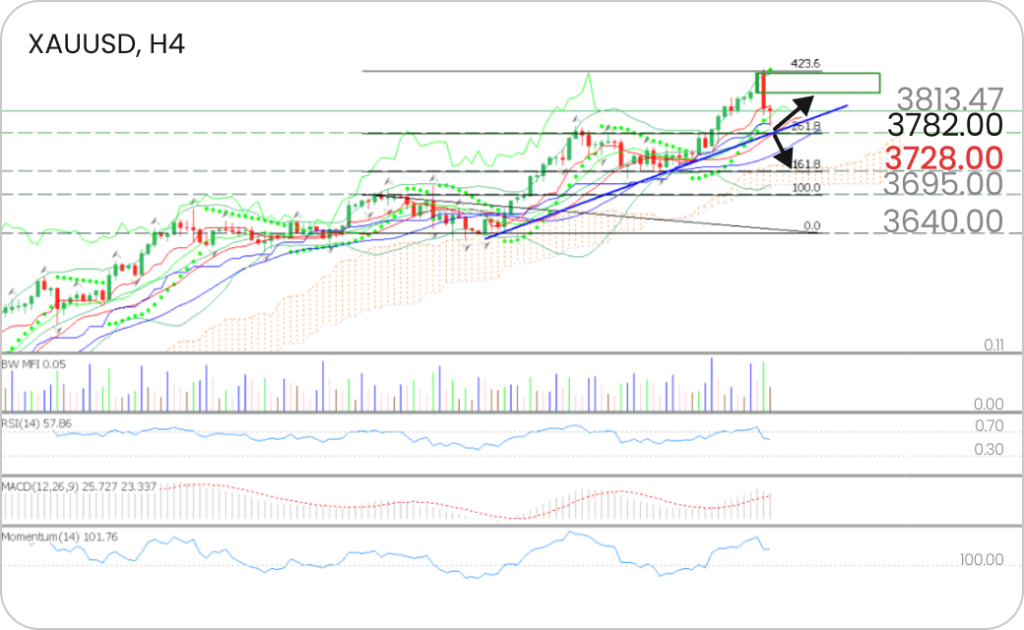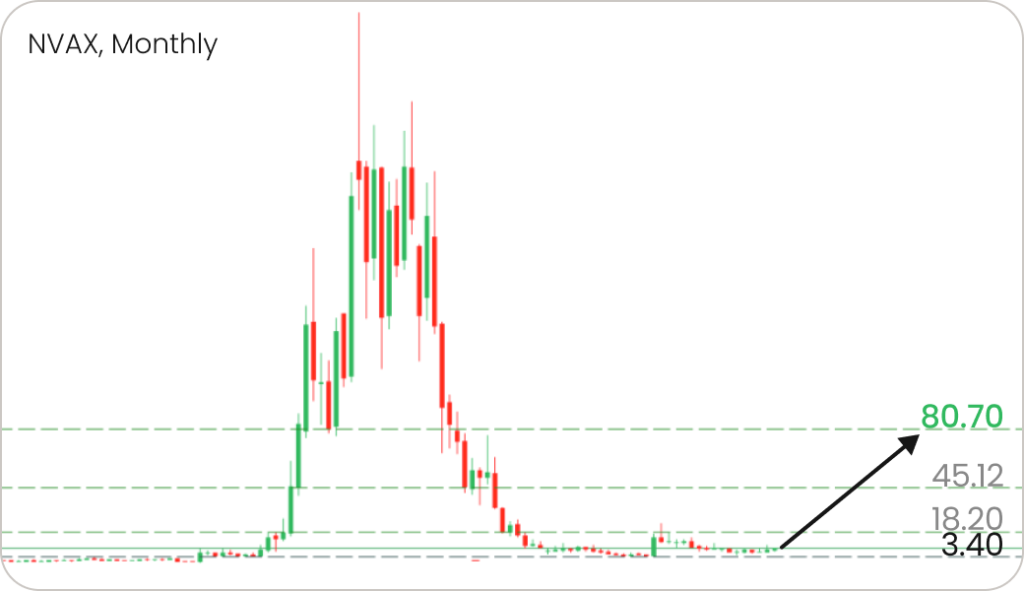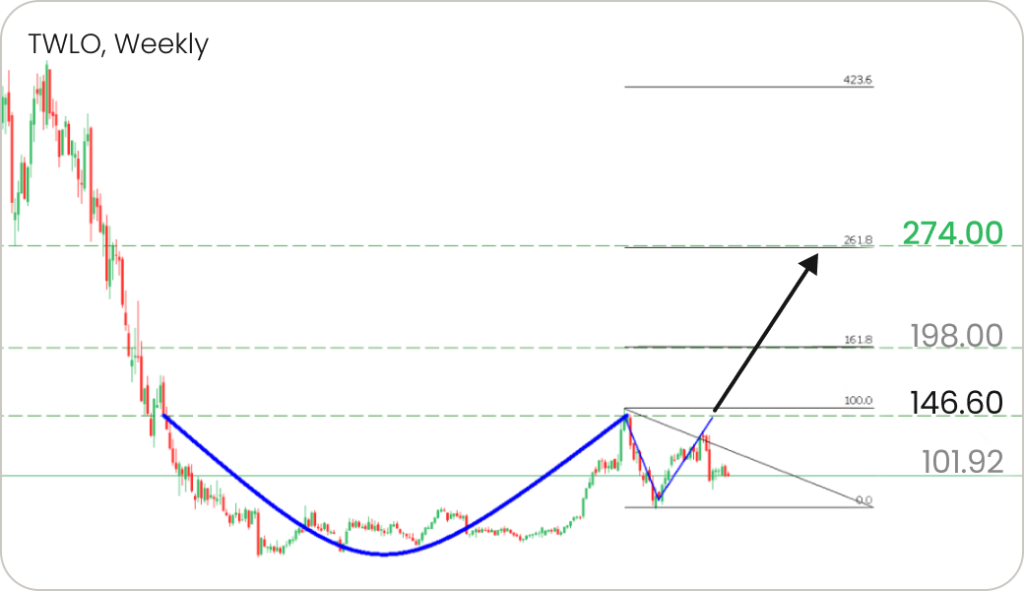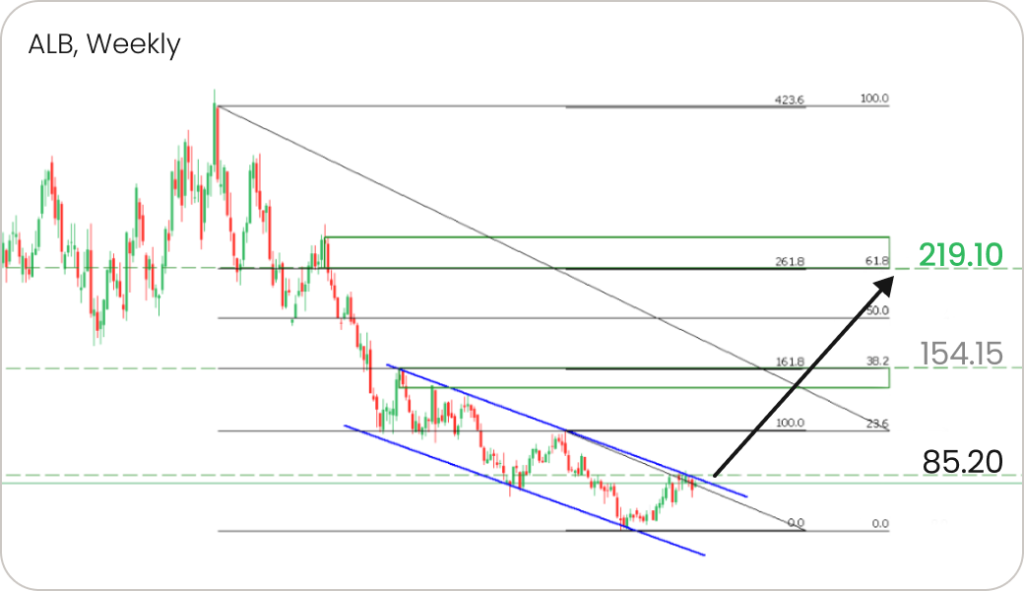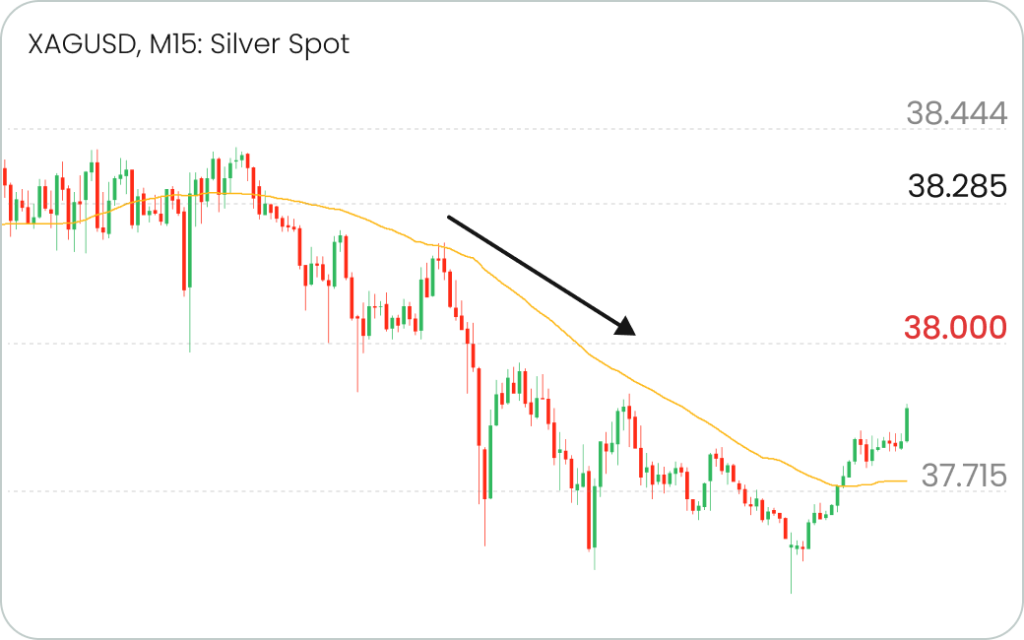Why do you trade ?
Most people start trading to earn money for something they cannot otherwise afford. You may want to buy a house or a fancy car, pay for your children’s education, or save for a luxurious wedding. Congratulations if you have a specific goal; you’ve already made a crucial first step to achieving it.

Decide on your goal
Your goal can be anything as long as it can be expressed as a certain amount of money: buy a phone, a car, an apartment, etc. Once you know what you want to achieve, you can calculate what you need to do. When you know what to do, you can stop chasing random trades and follow your plan where every step is intentional. It does not matter how many trades you open. What matters is how much you earn in pips.
Once you have a financial goal, build a plan to achieve it. The plan describes what it will take you to achieve your goal. Start building your plan by answering these questions:
•How many pips do you need to earn?
•How much capital can you start with?
Split your goal into numbers
Suppose you want to earn $500 per month from trading XAUUSD. Let’s now split this goal into specific trading parameters.
$500 per month translates into $25 per trading day. How do you earn $25 per day? Use the FBS Trading Calculator to make the following calculations:
•If you trade a minimum possible volume of 0.01 lot, 1 point will earn you $0.01. Thus, you need to earn 2500 points daily to reach your goal.
•If you trade 0.1 lot, when the price moves by 1 point in your desired direction, you will earn $0.10. Hence, you need to earn 250 points per day.
You can now analyze your trading strategy and choose the option that works best for you. Let’s consider an example of trading 0.1 lot:

Example of a trading day
•1st trade: a loss of 20 points
•2nd trade: a loss of 30 points
•3rd trade: a gain of 300 points
Your net result for the day is +250 points, which meets your minimum planned target. You can stop trading for the day, as your goal is getting closer as you’ve planned.
Calculate the capital needed
For our example, let’s consider the optimum risk-to-reward ratio of 1 to 3. You should not risk more than $8–$9 per trade. Knowing that it is not recommended to risk over 1% of your total margin, your deposit should be $800 to $900.
You can use the calculations here and adjust them for your own capital. For example, if you can deposit as much as $9000, you can trade one lot and only need 25 profitable points daily. But if you want to deposit only $90, you can trade 0.01 lot.
Remember the limitations!
•Set realistic targets and deadlines. Don’t try to turn $500 into $5000 in a couple of days. It is better to move slowly and steadily.
•No one can open only profitable trades. When you plan your trading day, consider the probability of profitable trades and the amount of risk per trade.
If you use this approach, your primary measure of success is the total number of profitable points. You will not worry about the number of winning or losing trades. You only need to meet your targets for the day or the week to steadily progress toward your goal. This will make trading less emotional and stressful and allow for a calmer and more disciplined process.

These awards confirm our commitment to building a rewarding trading environment and helping you uncover your potential. Thank you for choosing to trade with an award-winning broker!
Choose MetaTrader 5 with Top Forex Brokers?
•Blazing-fast execution & enhanced stability
•38 built-in technical indicators & 21 timeframes for precision trading
•Optimized for all devices—desktop, mobile & web
•Trade a wide range of assets: Stocks, Commodities, Forex & more!
https://www.topforexbrokerscomparison.com
Disclaimer: These forex trading signals are for educational purposes only and not financial advice. Trading carries significant risks, including the potential loss of your entire investment. Always consult a professional advisor before jumping in.


